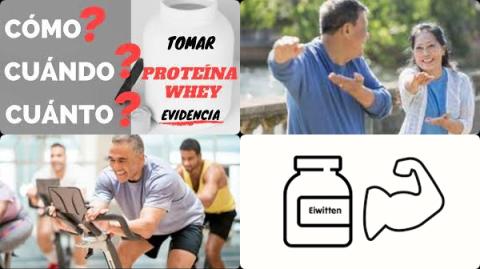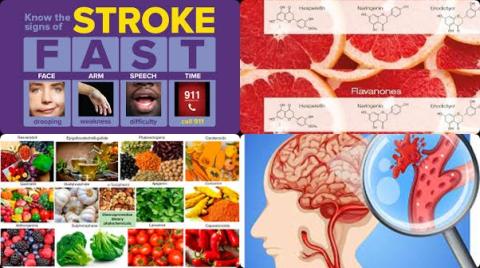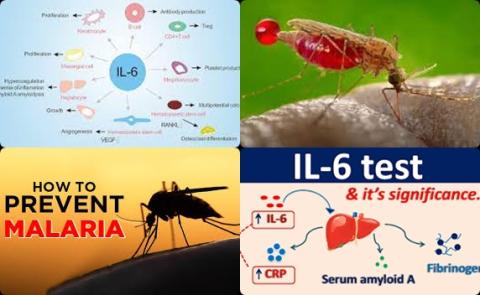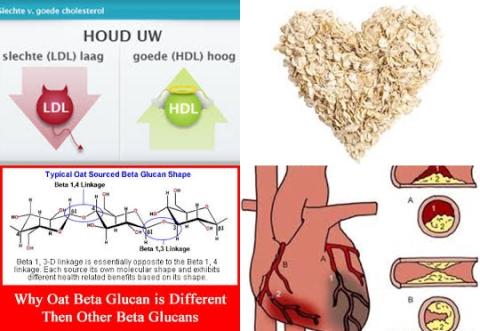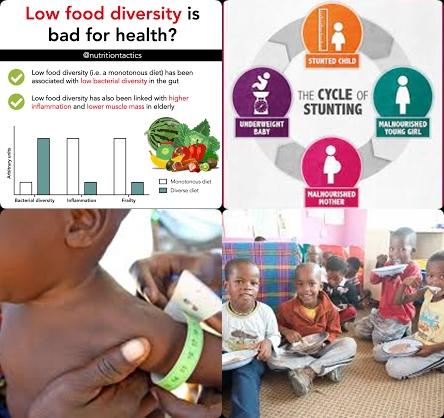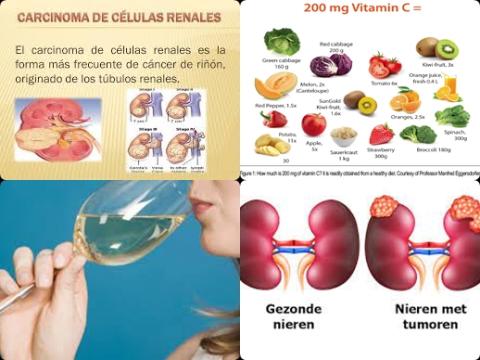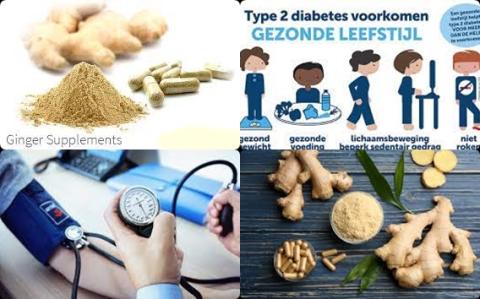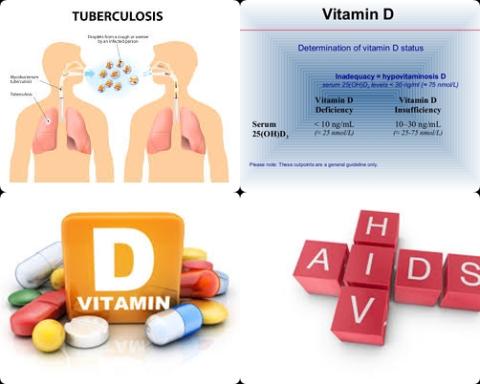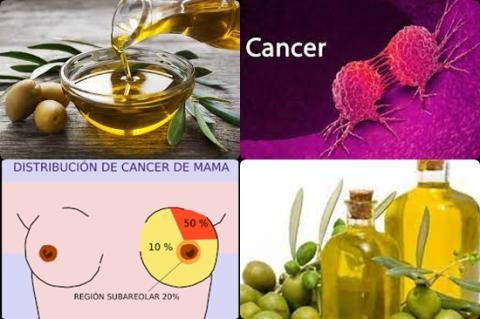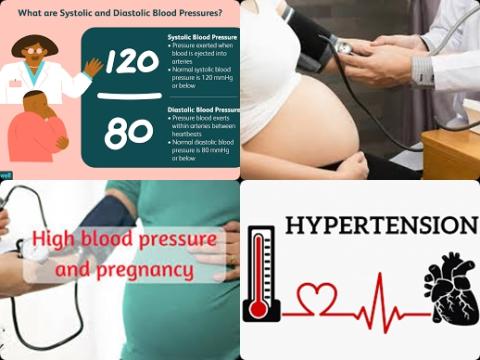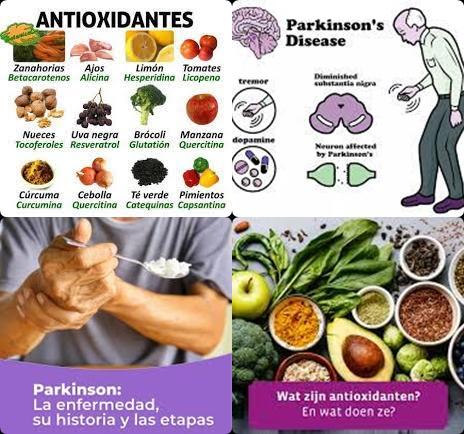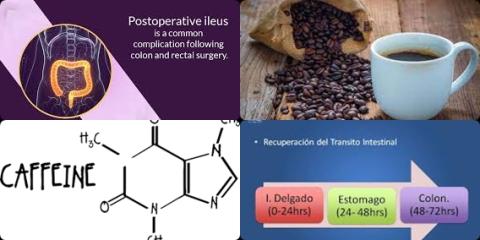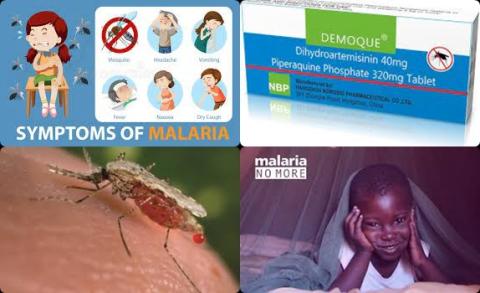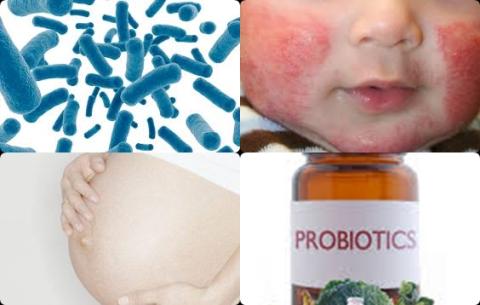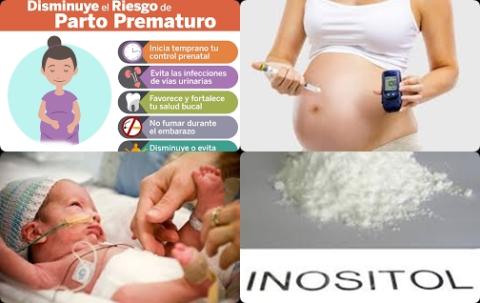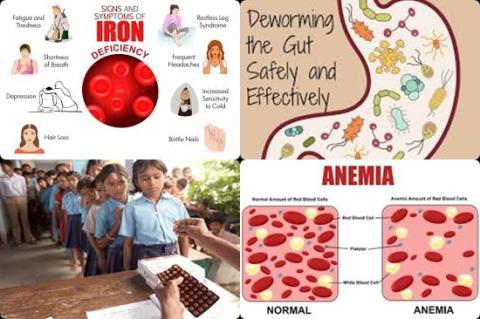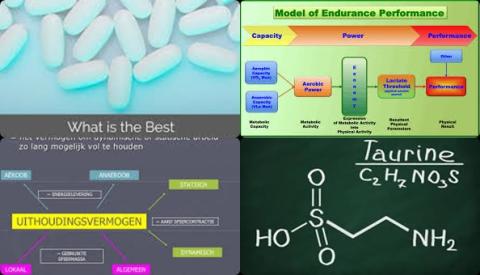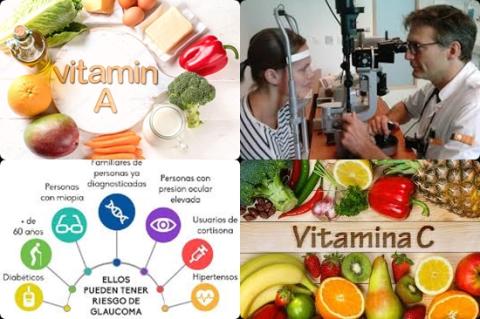50 g/d almond decreases causally bad cholesterol in patients with type 2 diabetes
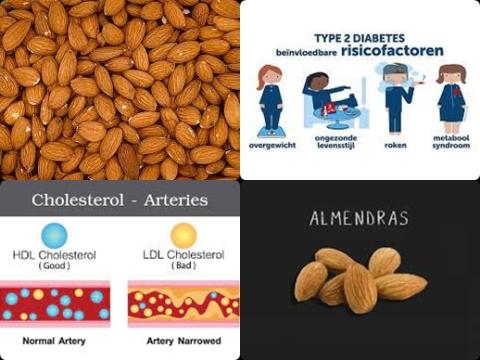
Objectives:
An enhanced risk for cardiovascular disease (CVD) still exists even when patients with type 2 diabetes have tight control on blood sugar. Thus, identification of treatment approaches that address CVD risk factors may be useful for patients beyond the blood sugar management. Although emerging evidence suggests that nuts consumption have beneficial effects on cardiometabolic health, the effects of almond intake in patients with type 2 diabetes are still controversial. Therefore, this review article has been conducted.
Does almond consumption improve risk factors (cholesterol, triglycerides, fasting plasma glucose, insulin, hemoglobin A1c (HbA1c), body mass index, weight, body fat, systolic and diastolic blood pressure and CRP) of cardiovascular disease in patients with type 2 diabetes?
Study design:
This review article included 9 RCTs.
Results and conclusions:
The investigators found there was a causal relationship between almond dietary intake and a significant reduction in low-density lipoprotein cholesterol (LDL cholesterol or bad cholesterol) [WMD = -5.28 mg/dL, 95% CI = -9.92 to -0.64, p = 0.026] in patients with type 2 diabetes compared with the control group.
This lowering effect of LDL cholesterol was robust in subgroups with almond consumption >50 g/day and baseline LDL cholesterol level 130 mg/dL.
The investigators found, however, the effect of almond on total cholesterol, triglycerides, high-density lipoprotein cholesterol (HDL cholesterol or good cholesterol), fasting plasma glucose, insulin, HbA1c, body mass index, weight, body fat, systolic and diastolic blood pressure and CRP was not significant compared with the control group.
The investigators concluded that a dietary intake of at least 50 g/d almond decreases causally LDL cholesterol (bad cholesterol) but has no favourable effect on other cardiometabolic outcomes in patients with type 2 diabetes. Further high-quality studies are needed to firmly establish the clinical efficacy of the almond.
Original title:
Effects of almond on cardiometabolic outcomes in patients with type 2 diabetes: A systematic review and meta-analysis of randomized controlled trials by Moosavian SP, Rahimlou M, […], Jalili C.
Link:
https://pubmed.ncbi.nlm.nih.gov/35443097/
Additional information of El Mondo:
Find more information/studies on almond consumption and diabetes right here.
